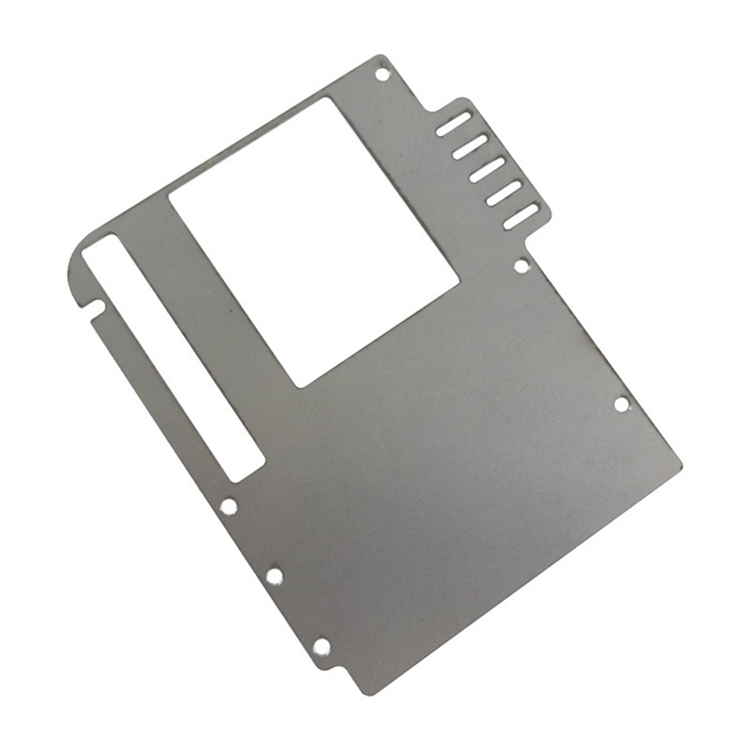Assessing the Cost-Effectiveness of Aluminum Sheet Stamping Versus Alternative Manufacturing Processes
2024-04-17
In modern manufacturing, the choice of production method plays a crucial role in determining the cost-effectiveness of producing components. Aluminum sheet stamping is a widely used process for forming lightweight and durable parts, but how does its cost-effectiveness compare to alternative manufacturing methods? In this blog, we'll explore the factors that influence the cost-effectiveness of aluminum sheet stamping and compare it to alternative processes.
1. Material Cost: Aluminum is generally more affordable than other metals such as steel or titanium, making it an attractive option for cost-conscious manufacturers. The lower material cost of aluminum can contribute to the cost-effectiveness of sheet stamping compared to alternative processes that use more expensive materials.
2. Tooling Cost: Tooling costs can be a significant factor in manufacturing, particularly for processes like stamping that require complex dies and molds. While the initial investment in tooling for aluminum sheet stamping may be relatively high, the cost per part decreases as production volume increases. In contrast, some alternative processes, such as CNC machining or additive manufacturing, may have lower initial tooling costs but higher per-part costs for large production runs.
3. Labor Cost: Labor costs can vary depending on the complexity of the manufacturing process and the skill level required for operation. Aluminum sheet stamping typically involves automated or semi-automated equipment, which can reduce labor costs compared to manual processes. However, alternative processes like CNC machining or 3D printing may require skilled operators and longer processing times, leading to higher labor costs.
4. Production Speed: The production speed of a manufacturing process directly impacts its cost-effectiveness, especially for high-volume production runs. Aluminum sheet stamping is known for its high-speed production capabilities, allowing manufacturers to produce large quantities of parts quickly and efficiently. In contrast, some alternative processes, such as CNC machining or casting, may have slower cycle times, resulting in higher production costs per part.
5. Material Waste: Minimizing material waste is crucial for cost-effectiveness in manufacturing. Aluminum sheet stamping can achieve high material utilization rates, particularly for progressive or transfer stamping processes that optimize material usage. In comparison, alternative processes like CNC machining or casting may produce more waste material, leading to higher material costs and disposal expenses.
6. Part Complexity: The complexity of the part geometry and features can influence the cost-effectiveness of different manufacturing processes. Aluminum sheet stamping is well-suited for producing parts with complex shapes and tight tolerances, making it a cost-effective option for a wide range of applications. However, for highly intricate or customized parts, alternative processes like CNC machining or additive manufacturing may offer greater flexibility and cost-effectiveness.
7. Quality and Consistency: The quality and consistency of the finished parts are critical considerations in assessing cost-effectiveness. Aluminum sheet stamping can achieve high levels of precision and repeatability, ensuring consistent part quality across large production runs. Alternative processes may vary in their ability to maintain quality and consistency, depending on factors such as machine accuracy, material properties, and process stability.
In conclusion, the cost-effectiveness of aluminum sheet stamping compared to alternative manufacturing processes depends on various factors such as material cost, tooling cost, labor cost, production speed, material waste, part complexity, and quality consistency. While aluminum sheet stamping offers numerous advantages in terms of material affordability, production speed, and part quality, alternative processes may be more suitable for specific applications or production requirements. Ultimately, manufacturers should carefully evaluate these factors to determine the most cost-effective manufacturing method for their needs.



